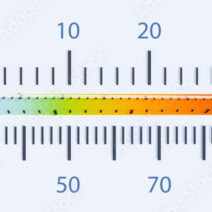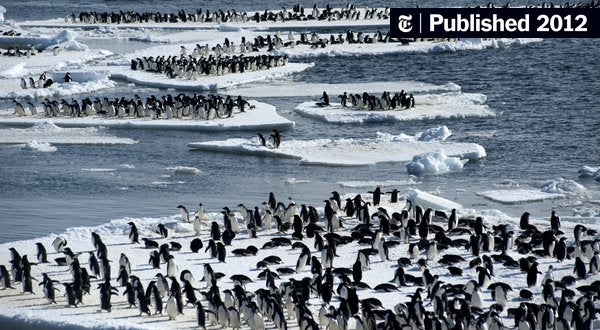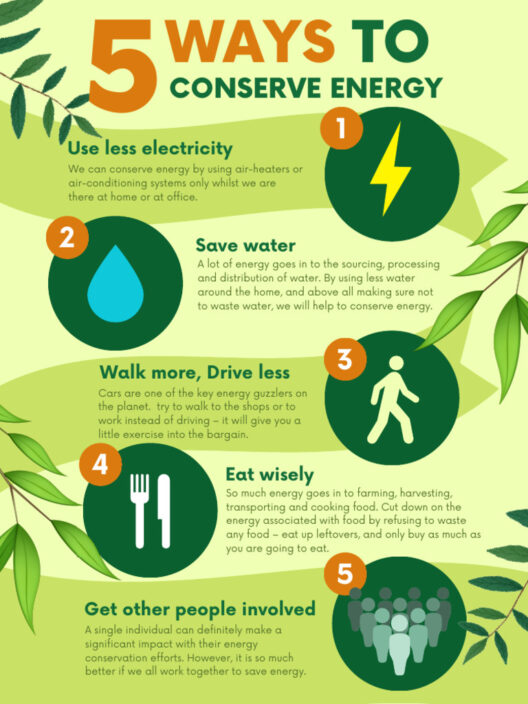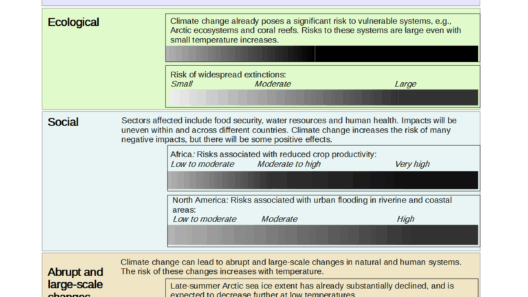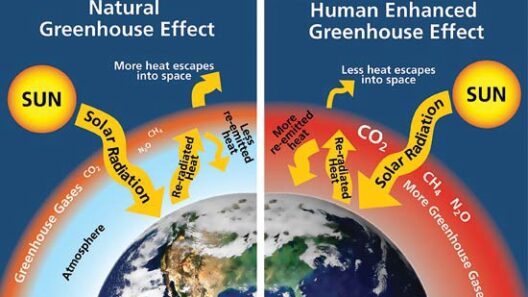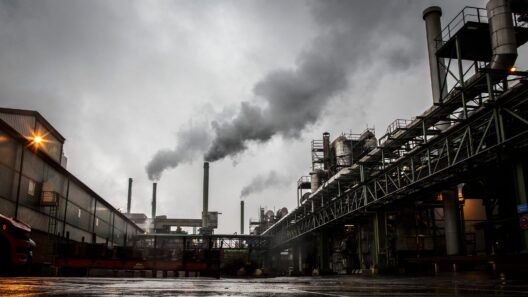In the annals of environmental discourse, the notion of climate change almost invariably conjures images of warming temperatures, melting glaciers, and devastating droughts. This is the prevailing narrative: a world engulfed in the steamy grip of global warming. Yet, beneath the surface lies a compelling paradox—how can global warming coexist with chilling predictions of a frozen future? As our planet warms, could we inadvertently pull the lever to an unexpected climatic freeze? Let us delve into this intricate conundrum.
Understanding the Mechanism of Climate Change
Climate change is not a simplistic phenomenon; it is an elaborate interplay of various systems. Primarily dictated by the balance between greenhouse gas emissions and the Earth’s natural carbon sinks, the underlying dynamics can often present a confusing picture. As human activity continues to elevate carbon dioxide levels in the atmosphere, the average global temperature ascends, leading to an array of consequences, including permafrost thawing and ice cap decline.
These phenomena produce a release of previously trapped gases, which then exacerbate warming. However, the irony of this situation is revealing itself as the repercussions begin to manifest in unexpected ways. The melting Arctic, for example, could lead to disruptions in global weather patterns, pushing certain regions into an unanticipated cool spell. This is not merely speculation but a growing concern among climatologists.
Neoteric Scientific Models and Predictions
The vagaries of climate science are now being mirrored in predictive models that seem to oscillate between scenarios of intense heat and unexpected cold. Researchers have identified potential scenarios, wherein significant shifts in ocean currents—specifically the Atlantic Meridional Overturning Circulation (AMOC)—could trigger a rapid cooling effect in parts of the Northern Hemisphere, particularly in Europe and North America.
As warmer waters melt Arctic ice, the influx of fresh water could interfere with the salinity and temperature balance of the oceans. This disruption may very well compromise the AMOC, setting the stage for a disruptive cooling phenomenon akin to what was experienced during the Younger Dryas period approximately 12,000 years ago. Questions arise: Are we prepared for such drastic fluctuations? How do policy makers plan for climate instability that vacillates between extremes?
The Playful Paradox: Is a Frozen Future Inevitable?
This paradox poses an intriguing question. As we grapple with the overwhelming data depicting our planet’s warming trajectory, could we be heading toward a scenario where climate change leads to localized cooling events? Such an irony dangling in the balance epitomizes the complexity of climate science and the multifaceted factors involved in global temperature regulation.
As we ponder a potential frozen future, it is critical to consider the societal and ecological ramifications. A sudden plunge in temperatures could wreak havoc on agriculture, leading to crop failures and food scarcity. This, in turn, would ignite a humanitarian crisis. Urban infrastructure, often built under the assumption of warmer conditions, could suffer catastrophic failures. As public services struggle to keep pace, the quality of life in many regions would deteriorate.
The Role of Feedback Loops in Climate Dynamics
Feedback loops play a crucial role in this dynamic interplay. As ice caps diminish and the albedo effect—a process where lighter surfaces reflect sunlight more efficiently—is reduced, darker ocean waters absorb more heat. This cycle reinforces warming but can eventually spiral back to create anomalies. For instance, the heat-driven melting of permafrost could release methane, a greenhouse gas even more potent than carbon dioxide, further exacerbating warming trends before introducing potential cooling phases. Are we enmeshing ourselves in an endless loop of cause and effect—one that could erode the very fabric of our climatic stability?
Understanding the Role of Ocean Currents and Atmosphere
The ocean serves as a colossal heat reservoir and is integral to regulating climatic conditions across the globe. Alterations in ocean currents are not insignificant; they can lead to considerable climate shifts far removed from the original source of the change. The interplay between the atmosphere and oceanic systems can create abrupt climate transitions. This raises the crucial query: how do we incorporate these oceanic dynamics in our forecasting models?
Moreover, shifting weather patterns could result in an uptick in extreme weather events, amplifying the already-fragile balance of ecosystems worldwide. These changes do not merely possess the power to alter climates but can reshape our societies, economies, and our approach to sustainability.
What Lies Ahead: The Human Element
Looking into the future evokes a blend of anticipation and trepidation. The possibility of a frozen future due to global warming brings to light a fundamental question – how can society adapt? Acknowledging the multifaceted consequences of climate change is just one preliminary step. It is imperative that we engage communities in conversations about resilience and adaptability in the face of unpredictable climatic conditions.
In conclusion, the paradox of warming leading to potential cooling is fraught with complexities that require urgent attention. As humanity sits precariously on the precipice of environmental transformation, fostering public understanding and adaptive strategies becomes paramount. Looking beyond the present is not just advisable; it is essential for cultivating a robust and resilient future. Are we prepared to navigate the complexities of climate chaos, or will we find ourselves ensnared in a bitter irony, yearning for the warmth we once took for granted?
